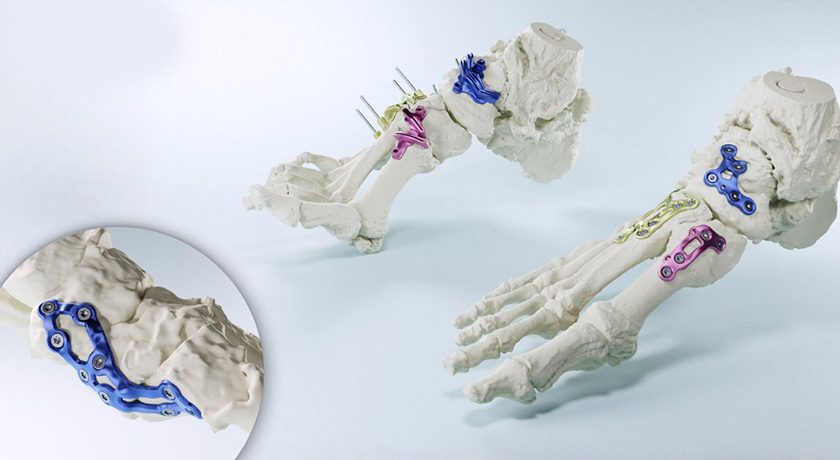
 Copy to clipboard
Copy to clipboard 
IlluminOss Medical received FDA de novo clearance for the IlluminOss Bone Stabilization System to treat impending and actual pathological fractures of the humerus, radius and ulna resulting from metastatic bone disease. U.S. launch is slated for 2Q18.
The system’s first procedure and CE Mark approval occurred in 2009, and it has been commercially available ex-U.S. since 2010.
Outcomes data from a 13-site, 80-patient trial supported submission of the company’s de novo application to FDA.
The procedure uses a light-curable liquid monomer, contained within an expandable PET balloon catheter, to achieve stabilization. It is performed through a small percutaneous incision. Once the implant is cured and polymerized, it conforms to the geometry of a patient’s intramedullary canal.
This represents FDA’s first de novo clearance under the orthopaedic panel.
The de novo process provides a pathway to classify novel medical devices for which there is no legally marketed predicate device. De novo classification is a risk-based classification process.
Sources: IlluminOss Medical; FDA.gov; ORTHOWORLD Inc.
IlluminOss Medical received FDA de novo clearance for the IlluminOss Bone Stabilization System to treat impending and actual pathological fractures of the humerus, radius and ulna resulting from metastatic bone disease. U.S. launch is slated for 2Q18.
The system's first procedure and CE Mark approval occurred in 2009, and it has been...
IlluminOss Medical received FDA de novo clearance for the IlluminOss Bone Stabilization System to treat impending and actual pathological fractures of the humerus, radius and ulna resulting from metastatic bone disease. U.S. launch is slated for 2Q18.
The system’s first procedure and CE Mark approval occurred in 2009, and it has been commercially available ex-U.S. since 2010.
Outcomes data from a 13-site, 80-patient trial supported submission of the company’s de novo application to FDA.
The procedure uses a light-curable liquid monomer, contained within an expandable PET balloon catheter, to achieve stabilization. It is performed through a small percutaneous incision. Once the implant is cured and polymerized, it conforms to the geometry of a patient’s intramedullary canal.
This represents FDA’s first de novo clearance under the orthopaedic panel.
The de novo process provides a pathway to classify novel medical devices for which there is no legally marketed predicate device. De novo classification is a risk-based classification process.
Sources: IlluminOss Medical; FDA.gov; ORTHOWORLD Inc.

You’ve reached your limit.
We’re glad you’re finding value in our content — and we’d love for you to keep going.
Subscribe now for unlimited access to orthopedic business intelligence.
JV
Julie Vetalice is ORTHOWORLD's Editorial Assistant. She has covered the orthopedic industry for over 20 years, having joined the company in 1999.







